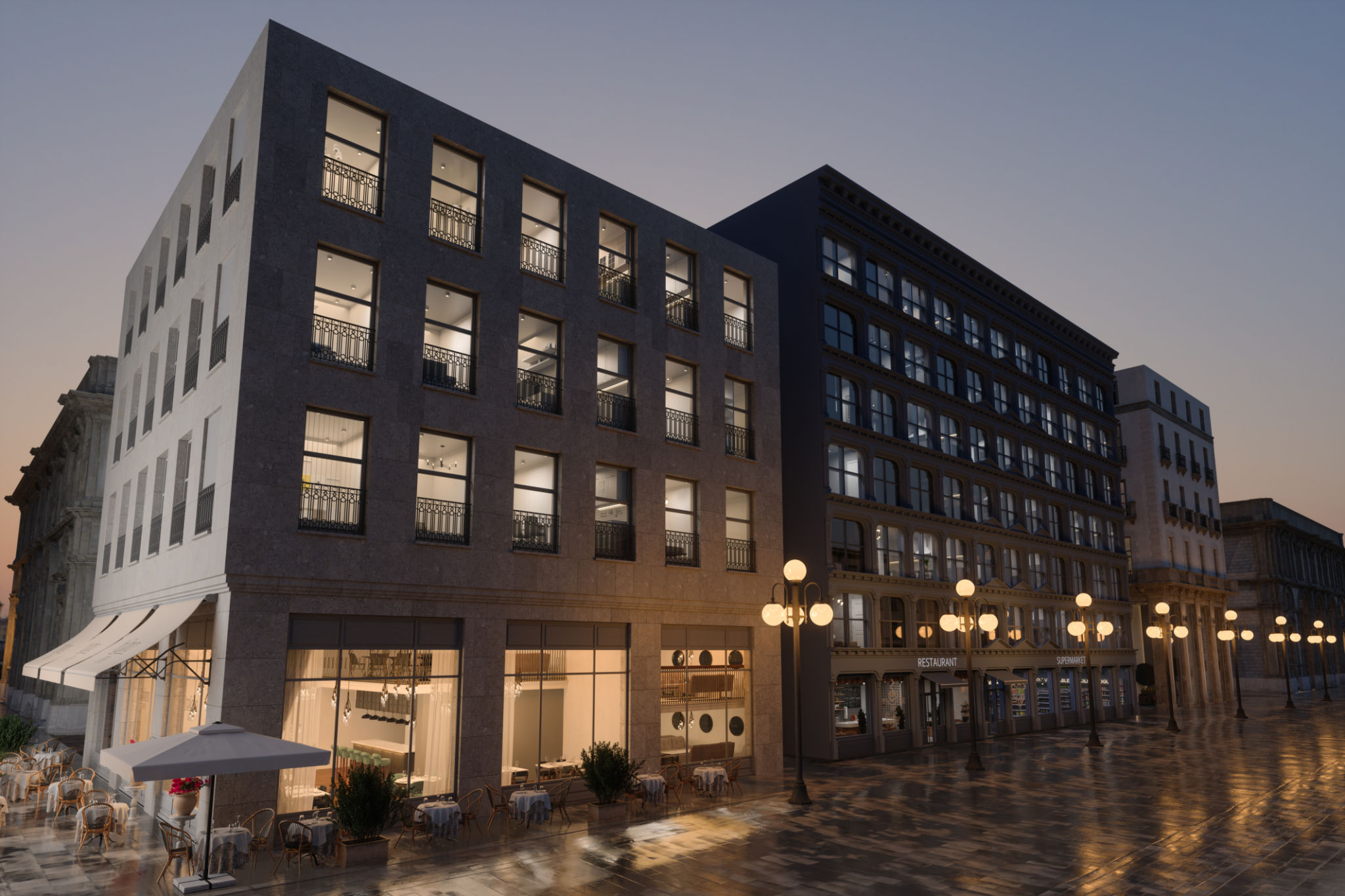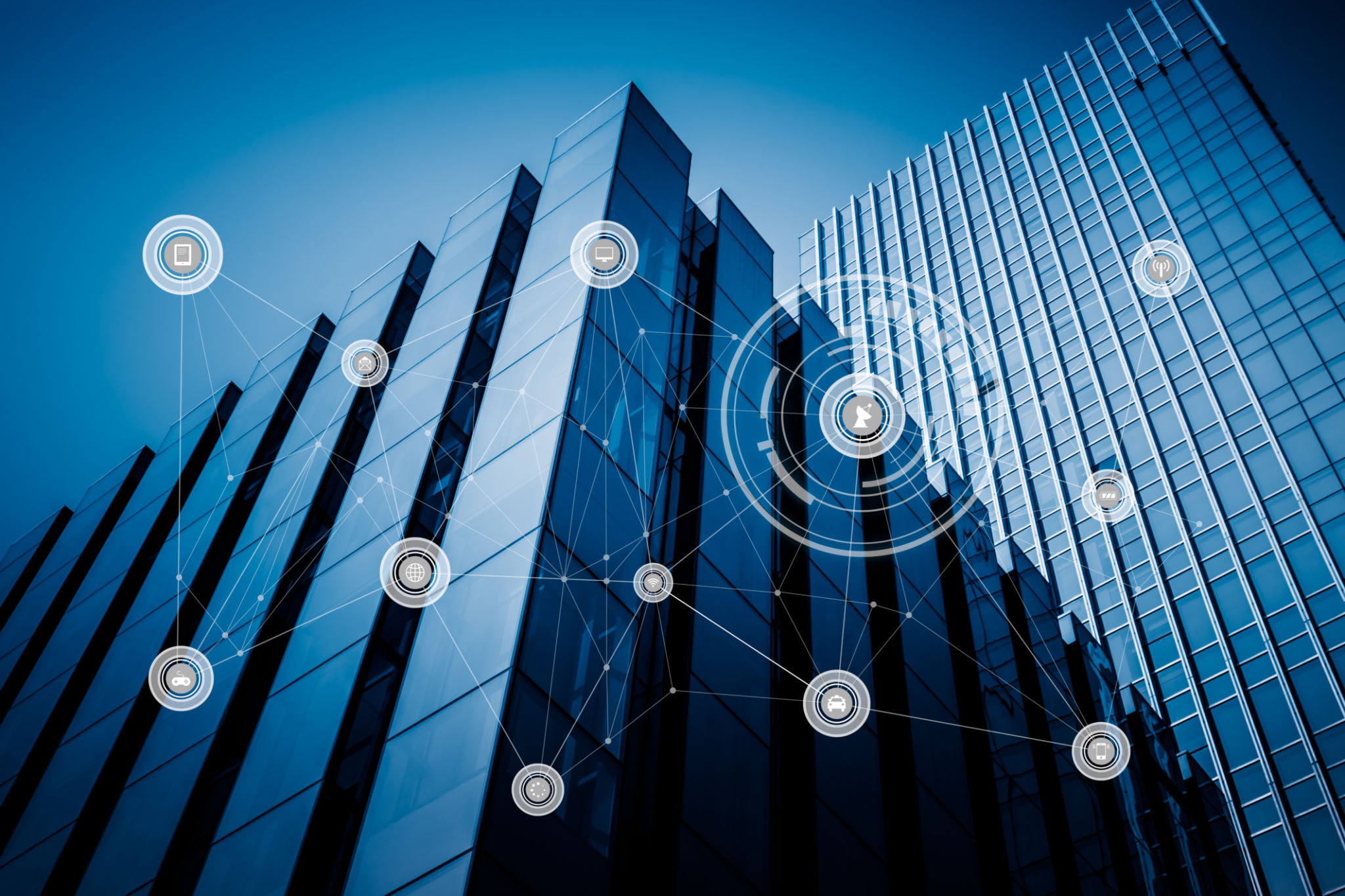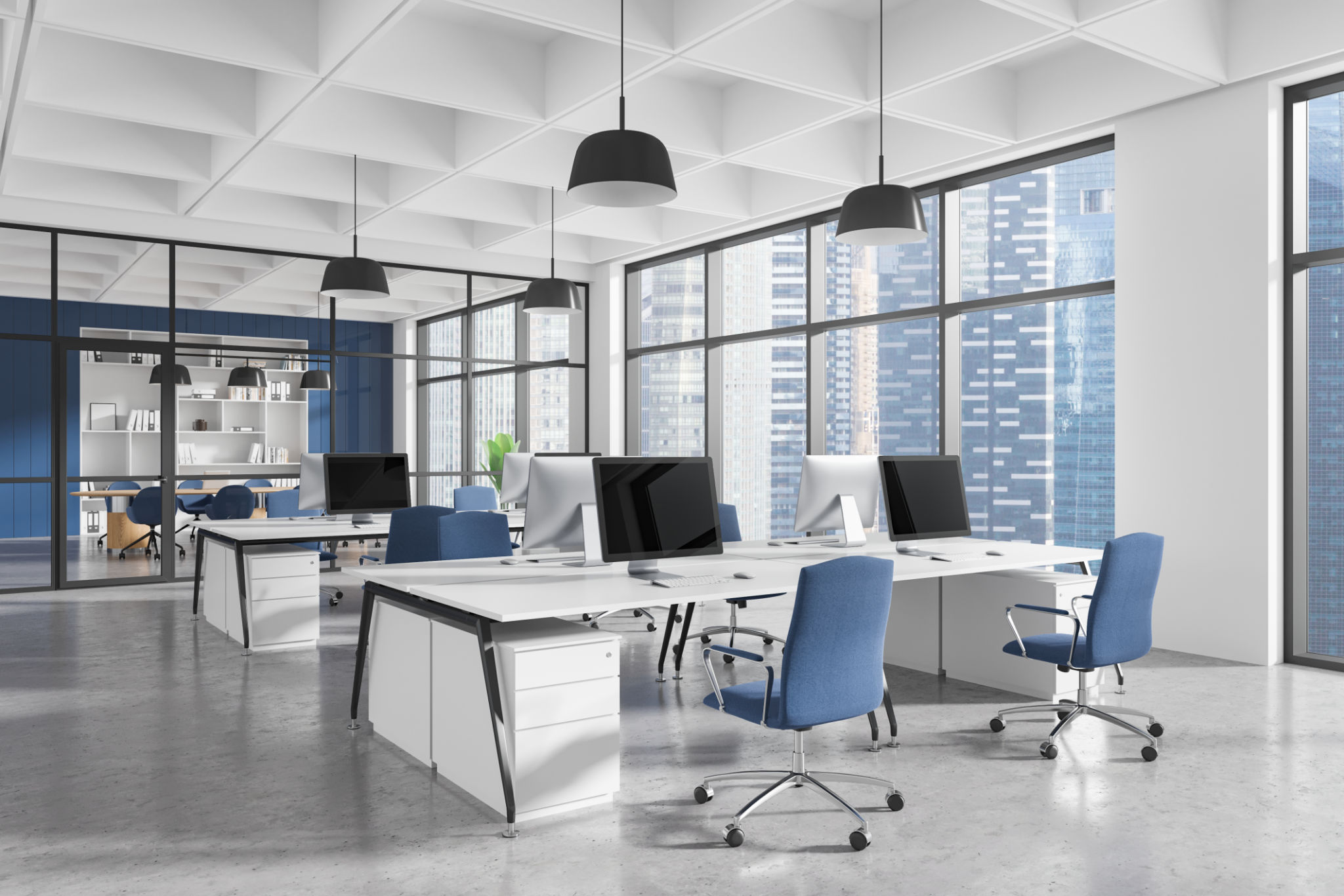Exploring the Latest Trends in Commercial Building Design
Introduction to Modern Commercial Building Design
The world of commercial building design is evolving rapidly, influenced by technological advancements, environmental concerns, and changing consumer preferences. As businesses seek to create spaces that are not only functional but also aesthetically pleasing and sustainable, architects and designers are exploring innovative trends. This blog post delves into the latest trends shaping commercial building design today.

Sustainable and Green Architecture
One of the most significant trends in commercial building design is the focus on sustainability. Businesses are increasingly opting for green architecture to reduce their environmental footprint. This includes using eco-friendly materials, implementing energy-efficient systems, and incorporating renewable energy sources such as solar panels and wind turbines.
Moreover, the integration of green spaces such as vertical gardens and rooftop terraces is becoming more common. These not only enhance the aesthetic appeal of the buildings but also improve air quality and provide employees with relaxing environments.
Smart Buildings and Technology Integration
Technology plays a crucial role in modern commercial building design. Smart buildings equipped with advanced technologies are becoming the norm, offering enhanced convenience and efficiency. These buildings use IoT devices to automate lighting, heating, and cooling systems based on occupancy and weather conditions.
Furthermore, the implementation of smart security features such as facial recognition and biometric access control systems ensures a higher level of safety. Integrating technology into building design not only improves functionality but also enhances the user experience.

Open and Flexible Workspaces
The traditional office layout is being replaced by open and flexible workspaces. Businesses are recognizing the importance of creating environments that foster collaboration and creativity. Open floor plans, movable furniture, and multi-purpose areas are now standard features in modern commercial buildings.
This trend is driven by the need for adaptability in workspaces, allowing businesses to easily reconfigure their environments to meet changing needs. Such designs also promote a sense of community and can lead to increased employee satisfaction and productivity.

Biophilic Design Elements
Biophilic design, which emphasizes the connection between humans and nature, is gaining popularity in commercial building design. Incorporating natural elements such as wood, stone, and water features into interiors creates a calming atmosphere.
This approach not only enhances aesthetic appeal but also has been shown to improve mental well-being and reduce stress among occupants. By integrating nature-inspired design elements, businesses can create healthier and more productive work environments.
Conclusion: The Future of Commercial Building Design
The landscape of commercial building design is undergoing a transformation, driven by sustainability, technology, and human-centric approaches. These trends reflect a broader shift towards creating spaces that are efficient, adaptable, and conducive to well-being.
As businesses continue to prioritize these elements in their designs, we can expect commercial buildings to become more innovative and responsive to the needs of their occupants. Embracing these trends not only benefits businesses but also contributes to a more sustainable and harmonious built environment.
